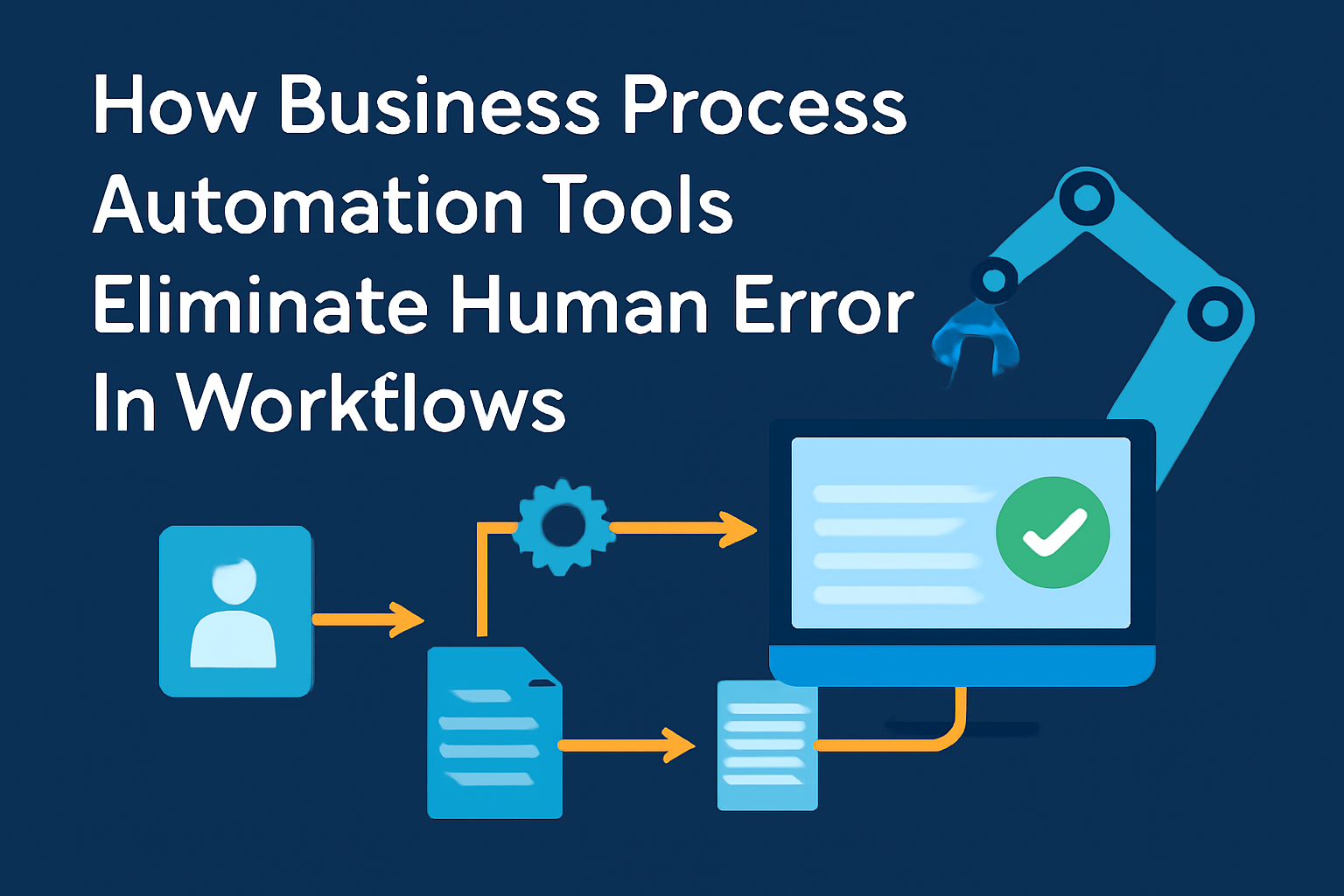
Low-code development is changing the way businesses approach software creation. Instead of relying on large teams of expert developers, low-code platforms offer tools that allow more people to design, build, and deploy applications with minimal coding knowledge. As more organizations turn to digital solutions to streamline operations and innovate faster, low-code has become a game-changer. Below, we will explore seven key benefits of low-code development, offering insights into why it’s becoming a staple in modern IT and business strategies.
1. Speeding Up Application Development
One of the biggest and most immediate advantages of low-code is simply how much faster you can build applications.
In the old way, even setting up a new project, configuring databases, and building basic user interfaces takes a significant amount of time and coding effort. With low-code platforms, much of this foundational work is already handled for you.
You start with a visual interface, almost like drawing a flowchart or designing a web page visually. You can drag and drop components like text boxes, buttons, tables, and forms onto your screen design. Need to display data from a database? Instead of writing SQL queries and coding how to show it in a table, you often just connect a data source component to a table component, and the platform handles fetching and displaying the data.
This visual, component-based approach means you’re assembling your application rapidly instead of writing code line by line. Building a simple form to collect data or a basic dashboard to view reports can go from weeks or months of coding to just days or even hours.
This speed allows businesses to react much more quickly to new opportunities or problems, deploying solutions while they are still highly relevant. It’s like being able to prototype and build ideas almost as fast as you can think of them.
2. Lowering Costs
Developing software traditionally can be quite expensive. Hiring and retaining highly skilled software engineers is a significant investment.
On top of that, there are costs for development tools, testing infrastructure, and the sheer number of hours required to write, test, and debug complex codebases. Low-code helps reduce these costs in several ways.
First, because the platform handles many of the technical complexities, you might not need as large a team of senior developers for every project. People with less coding experience can handle a good portion of the development work. This doesn’t mean senior developers aren’t needed, but they can focus on more complex integrations or custom logic, while others build the core application.
Second, the faster development speed directly reduces labor costs because fewer hours are spent building the same application compared to traditional methods. Debugging is often simpler too; if a pre-built component isn’t working, it’s usually an issue with configuration rather than a bug deep within custom code you wrote.
Many low-code platforms also include hosting, database, and security features as part of the service, which can save on separate infrastructure and maintenance expenses. You’re essentially paying for a comprehensive platform that handles much of the behind-the-scenes technical work for you.
3. Empowering Non-Developers
One of the truly revolutionary aspects of low-code is how it opens up application development to people who aren’t professional programmers.
In most businesses, there are people in departments like marketing, HR, or operations who have brilliant ideas for software tools that could make their jobs easier or improve processes, but they lack the coding skills to build them.
Low-code platforms are designed with these users in mind. The visual interface is often intuitive and easy to navigate, similar to using common office software. Instead of writing lines of code to define a business rule, like “if the order value is over $100, send an email,” you might use a visual flow editor where you drag a decision box and configure its conditions and outcomes using simple forms or dropdowns.
This empowers business users to become “citizen developers.” They can build simple applications tailored specifically to their departmental needs, like a project request form, a simple asset tracker, or an automated notification system.
This capability means they don’t have to wait for the central IT department to become available to build these tools, which can often take a long time due to IT’s workload. It puts the power to create solutions directly into the hands of the people who best understand the problem, fostering innovation from the ground up.
4. Improving Agility and Flexibility
Businesses today need to be able to change direction quickly. Market trends shift, customer preferences evolve, and new regulations can appear and your software needs to be able to keep up. Low-code platforms make applications much more agile and easier to adapt.
Because the application is built from modular components and defined by a visual model rather than tangled custom code, making changes is far simpler. If you need to add a new field to a form, change a step in a workflow, or modify how data is displayed, you can often just adjust the visual model in the low-code editor. The platform then handles updating the underlying code or configuration.
Think about changing a complex traditional application. Finding the specific piece of code responsible for a feature, understanding its dependencies, and safely modifying it can be a time-consuming and risky process.
With low-code, the structure is much clearer and more standardized. This makes it faster and less prone to errors when you need to iterate on an application based on feedback, changes in business processes, or external factors. You can quickly deploy updates and ensure your applications remain relevant and effective.
5. Enhancing Integration with Legacy Systems
Almost every established company has legacy systems: older software applications or databases that are critical to operations but might be built on older technology. Connecting new, modern applications to these legacy systems has traditionally been a major headache involving complex custom programming to translate data and communication methods between the systems.
Low-code platforms often come with a library of pre-built connectors. Think of these connectors as universal adapters that know how to talk to different systems using their specific “languages” or protocols, like REST APIs, SOAP web services, or direct database connections.
Instead of writing code to figure out how to connect to an old database or call a service on another system, you typically just select the appropriate connector from the low-code platform’s library. Then, you configure it by providing credentials and specifying which data you want to send or receive, often using visual mapping tools.
The low-code platform handles the technical details of making the connection and exchanging data. This makes it significantly easier and faster to integrate new low-code applications with your existing IT landscape, getting more value out of your legacy investments without needing extensive, brittle custom integration code.
6. Reducing Maintenance Burden
Building software is only half the battle; maintaining it over time is the other half, and often consumes even more resources.
Software maintenance includes fixing bugs, applying security patches, updating libraries, ensuring compatibility with new devices or operating systems, and monitoring performance.
Low-code development platforms significantly lighten this load. The platform vendor is responsible for maintaining the core platform itself. This includes ensuring the underlying technology stack is secure, updated, and performs well. When you build an application on the platform, you automatically benefit from these platform-level updates and security measures.
Furthermore, because your application is built using standardized components and a visual model provided by the platform, it’s generally more stable and less prone to certain types of bugs common in custom code. If a bug is found in a core platform component, the vendor addresses it for everyone using that component.
This reduces the amount of time your internal IT team needs to spend on routine maintenance tasks, freeing them up to work on more strategic initiatives or build more complex, custom features that truly differentiate your business.
7. Supporting the Rise of Citizen Developers
We touched on this earlier, but it’s worth highlighting as a distinct benefit.
The concept of the “citizen developer” is someone who works in a business role but uses low-code or no-code tools to build applications related to their work. They aren’t trained as professional software developers but understand their department’s needs inside and out.
Low-code platforms are specifically designed to empower these individuals. By providing easy-to-use visual tools and abstracting away complex coding, these platforms make application development accessible. This means teams across the organization no longer have to wait months for the IT department to build a simple internal tool they desperately need. They can often build it themselves relatively quickly.
This movement is incredibly valuable because it helps alleviate the IT department’s backlog and accelerates digital transformation throughout the company. Business experts can build solutions that precisely fit their requirements, leading to better tools and processes.
This fosters a more collaborative environment where IT can focus on managing the overall platform, security, and complex enterprise systems, while business units can drive innovation and efficiency using low-code tools to solve their specific challenges.
Frequently Asked Questions (FAQs)
What exactly is low-code development?
Low-code development is a way of creating software applications using visual tools, drag-and-drop components, and pre-built pieces, which means you need to write much less traditional code manually.
Who can use low-code platforms effectively?
Both professional software developers who want to build applications faster and business users with limited or no coding background can use low-code platforms to create working applications.
Is low-code secure enough for use in a company setting?
Yes, most well-known low-code platforms are designed with strong security features suitable for businesses. They include ways to control who can access what data, encrypt information, and are regularly updated by the platform provider to protect against security risks.
Can complex applications be built using low-code?
Absolutely. While low-code is great for simple apps, many advanced platforms have the power to build complex, large-scale applications. For very specific or technical requirements, professional developers can often add custom code alongside the visual development.
How does low-code help connect with older computer systems?
Low-code platforms often provide ready-made connections (connectors) that make it much easier to link your new applications to existing databases, legacy business systems, and other software services without needing to write complicated code to handle the connection details.
What’s the main difference between low-code and no-code?
Low-code tools require a basic understanding of application logic and structure, sometimes allowing for custom code. No-code tools are designed for people with no technical background at all and offer extreme simplicity but usually less flexibility than low-code.
Ready to experience the real benefits of low-code development for your business?
Building faster, smarter, and with less complexity starts with the right partner. Kpodata helps companies turn ideas into working applications using the power of low-code. Whether you are streamlining internal operations or launching new customer solutions, Kpodata makes sure you get scalable, secure, and future-ready applications without the long wait times.





